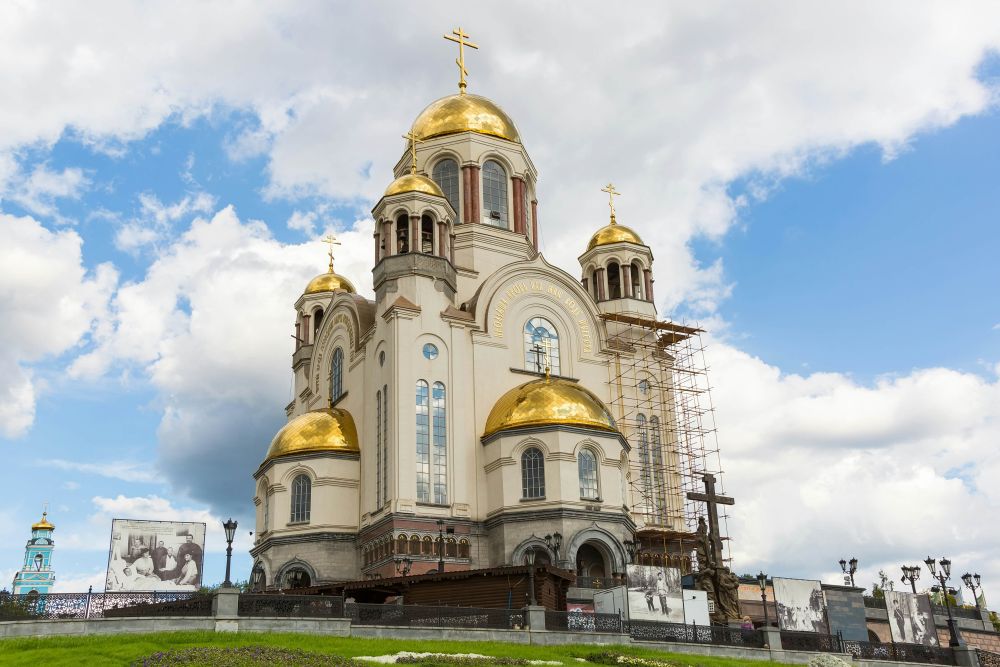

The Ural Geological Museum has a noteworthy history that is closely tied with the mining and geological exploration in the Ural region. Established in 1937, the museum started as a small collection that served educational purposes for the Ural Geological Administration. Over the years, thanks to the contributions of geologists and researchers, the museum expanded its collection significantly.
The museum has undergone numerous transformations and relocations due to its increasing size and importance. Today, it boasts one of the most extensive collections of minerals in Russia, with over 40,000 specimens, including unique samples from the Ural Mountains and beyond.
The Ural Geological Museum became a significant spot for tourists interested in natural history and geology, particularly after the fall of the Soviet Union in the 1990s. This time marked the increase of international tourism in Russia, with travelers seeking both cultural and scientific knowledge.
Initially attracting academics and students, the museum's reputation grew, and it started to draw tourists from around the world. The development of infrastructure in Yekaterinburg for the 2018 FIFA World Cup also played a role in increasing visitor numbers.
The latest tourism trend includes the incorporation of interactive exhibits and virtual reality experiences that allow visitors to engage with the geological exhibits in a more immersive way. There's also an emphasis on educational programs aimed at attracting younger audiences, fostering an early interest in geology.
Furthermore, the Ural Geological Museum participates in the Night of Museums, an annual event where museums across Europe and Russia open late into the night. During this event, the museum organizes special activities and thematic tours, appealing to a broader audience and contributing to the city's cultural life.
Being located in the heart of Yekaterinburg, the Ural Geological Museum is easily accessible for visitors. The museum is open to the public and offers guided tours in multiple languages, enhancing the visitor experience for both domestic and international guests.
Admission fees are reasonable, and the museum hosts temporary exhibitions and events throughout the year. As the museum is an important educational institution, visiting researchers and geologists can also access its extensive library and research facilities upon request.